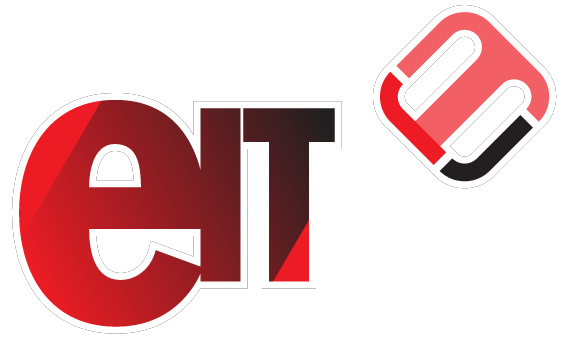Managing Templates
Templates are fundamental to drive efficient and consistent communication and documentation within the app.
Topics
Creating a Template from a Word File — Creating Document Templates from a Microsoft Word file is a powerful alternative when your documents require advanced functionality and special formatting.
- Migrating Templates from the Classic to the NextGen App — The Classic and NextGen templates are not compatible. This article explains how to create new templates from the original Classic templates to use in the NextGen app.
- Word Template Helpers with Word Field Codes — When creating templates in Microsoft Word, Fields act as placeholders (bookmarks) to dynamically insert data from eBECAS/EDMISS. During the merge process, data is inserted exactly as it is, without any logic or advanced formatting. While this is sufficient in most cases, there may be situations where you need to apply conditional logic or formatting based on the merged data. This is where Microsoft Word Field Codes become useful.
